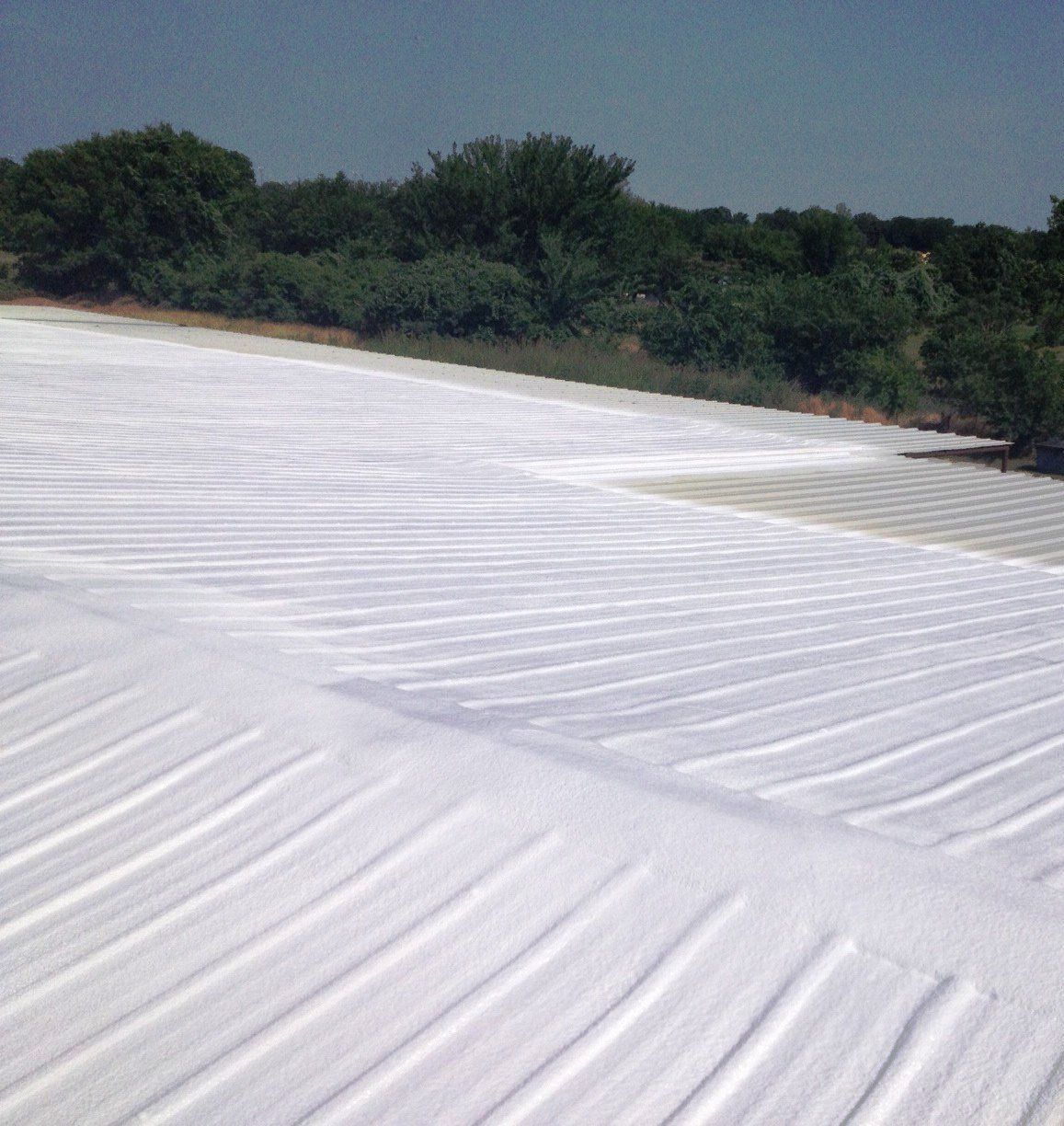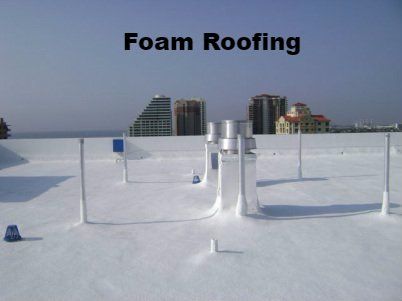CALL US FOR ALL YOUR HOME REMODELING NEEDS // (205) 769-4438
Our Roofing & Siding Company Has the Answers You Need!


Myths Busted & FAQ
The Truth About SPF
Over the years, sprayed polyurethane foam has collected a few misunderstood characteristics. Below are some critical pieces of information that debunk many of the myths you may have heard about SPF. Before you decide what material to use on your next project, please read.
Myth: Sprayed polyurethane foam won’t last.
Reality: Research has shown that SPF roofs are long-lasting, successful systems that can last up to 50 years when applied and maintained with periodic low-cost elastomeric re-coats. The National Roofing Foundation (NRF) performed a study in 1995 at Arizona State University that supported extremely high customer satisfaction and durability related to SPF materials.
Myth: SPF is not a proven material for roofing or other insulation.
Reality: Sprayed polyurethane foam technology has been around for more than 50 years since it began to be distributed commercially in 1954. Polyurethane technology was initially used for refrigeration and industrial insulation projects, and has been perfected for use in residential and commercial applications of all kinds. Spray foam application is now prescribed for roofing and insulation needs all over the world and is applied with precision parameters for successful applications. The material is recognized by the National Building Code and has been proven to reduce penetrations to the building envelope.
Myth: Spray foam roofs can’t be walked on.
Reality: You absolutely can walk on spray foam roofs. Both the Spray Polyurethane Foam Alliance (SPFA) and National Roofing Contractors Association (NRCA) assert that SPF roofs, when applied correctly can sustain up to 40 pounds per square inch or higher. A foam roof is capable of supporting the weight of any normal person, although any extremely sharp object could leave a hole that compromises the building envelope.
Myth: SPF can only be applied in perfect weather.
Reality: Sprayed polyurethane foam has been successfully installed all over the world, including every geographic region within the United States. The ideal temperature for the installation of an SPF system is between 60 and 120 degrees Fahrenheit — the same requirement as any other roofing application. While any good SPF contractor pays very close attention to moisture levels, temperature, humidity, and wind factors, Thermal Roof Systems knows exactly how to maximize weather variables to get the job done quickly and seamlessly in any geographic region.
Myth: Spray foam is too difficult to apply correctly.
Reality: Thermal Roof Systems is aptly certified to install spray foam systems efficiently and seamlessly to ensure the desired results. Over 500 contractors in the US are certified to install sprayed polyurethane foam roofs, but no one takes as much care to thoroughly train and certify every installer as TRS does.
Myth: Insurance companies will not insure SPF roofing systems
Reality: SPF roofing systems are fully insurable and tested extensively at independent laboratories. For a list of recommended insurers, speak with a TRS representative.
Myth: All SPF roofs are the same
Reality: TRS can attest that unqualified and careless contractors have poorly applied foam materials, resulting in defective systems. By selecting a meticulous, experienced spray foam contractor, the results will be vastly different. Once the best materials are specified by design professionals, it is important to select the most qualified, experienced SPF installer in order to achieve maximum results. TRS spends considerable time preparing roofing and insulation services to achieve maximum results.
Myth: Foam roofs are too expensive
Reality: Sprayed polyurethane foam is actually one of the most affordable roofing and insulation solutions, especially when you consider the cost savings associated with choosing SPF. Rising oil prices over the last decade have driven up the costs of other flat roof alternatives, while the cost of foam roofing has remained consistent. Once you incorporate the savings associated with a durable, long-lasting material, the extended life provided by elastomeric coatings, and energy cost savings, foam proves to be an extremely cost-effective option.
SPF F.A.Q.
Spray Polyurethane Foam roofing has been around for decades, but many consumers are discovering it now for the first time. Below are two articles that answer many of the frequently asked questions about SPF.
Specifying SPF Roofing Systems – Sept 2005
by Mason Knowles, Spray Polyurethane Foam Alliance
In today’s building industry, there is a growing desire to provide owners with durable, long-lasting roofing systems that combine high energy performance with low maintenance costs. From that desire, a renewed interest in SPF roofing systems has risen.
Spray Polyurethane Foam Roofing Q & A – 2010
By Spray Polyurethane Foam Alliance
Q: How long does a spray polyurethane foam (SPF) roof last?
A: The oldest performing SPF roofs are over 30 years old. Because the physical properties of the SPF change little with age, how long the SPF roof system lasts depends primarily on the original application and long-term maintenance.
Contact Our Roofing Company to Learn More!
To learn more about our spray foam roofing and energy efficient roofing services, be sure to get in touch with a representative from our talented team! We provide an array of remodeling needs that can enhance your home and its livability. Let us work with your budget and help your home or business receive the care it needs.
ISBELL SERVICES
Your Local Home Remodeling Company in Tuscaloosa , AL
Isbell Services | 2519 28th St., Tuscaloosa, AL 35401 | 205-769-4438
